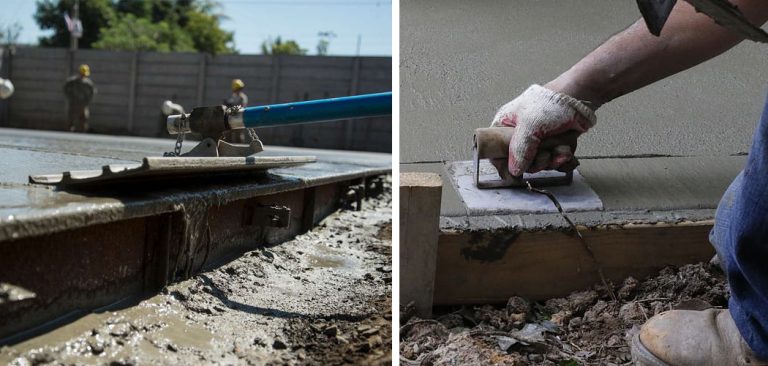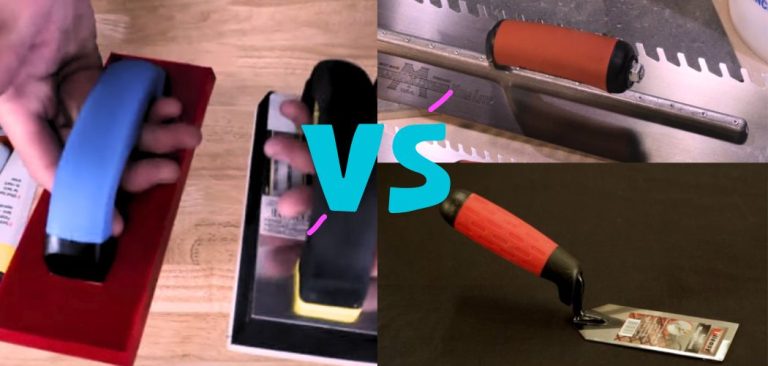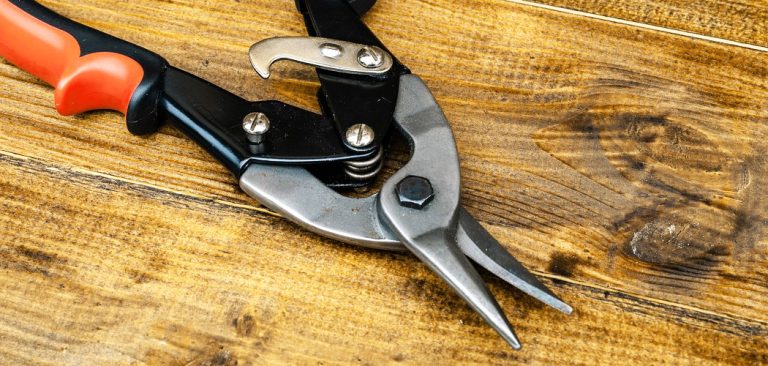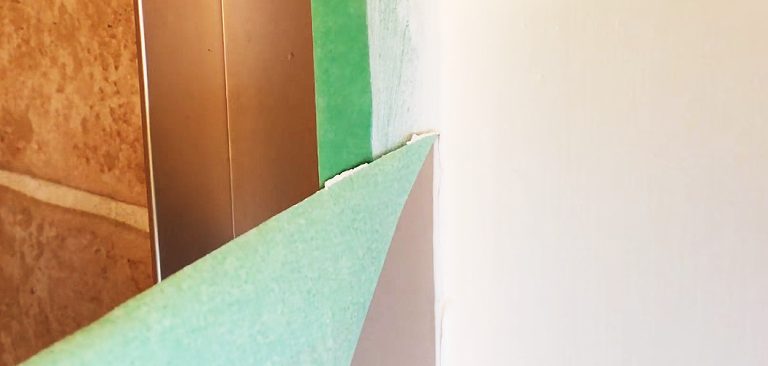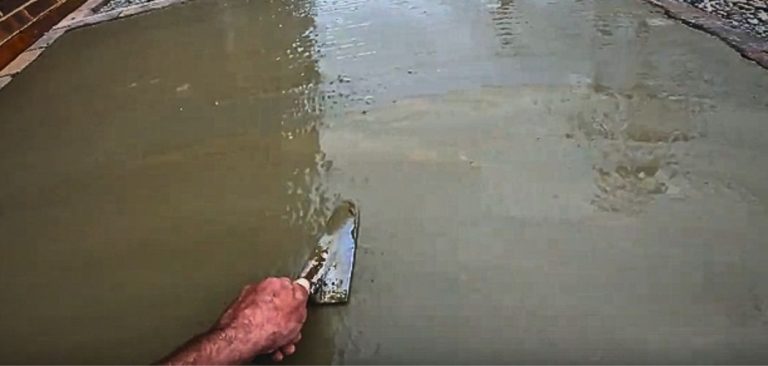Duct Tape vs. Packing Tape: Don’t Use the Wrong One! Here’s Why
When it comes to tape, choosing the right one can significantly impact your project. Although duct tape and packing tape may seem similar, they are designed for entirely different tasks. Duct tape is renowned for its exceptional strength and versatility, making it the preferred choice for heavy-duty repairs and quick fixes.
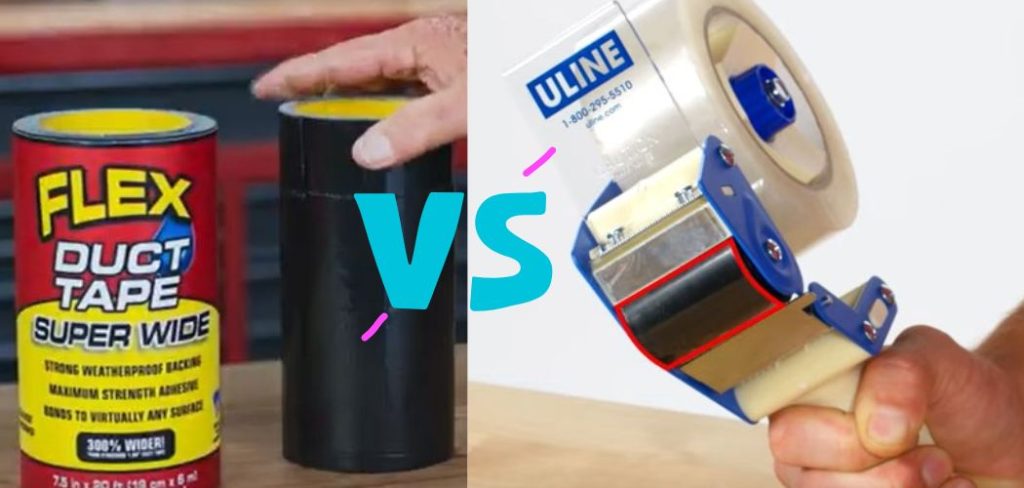
Packing tape, in contrast, excels at securely sealing boxes for shipping or storage. Understanding the unique features of each tape will help you select the best option for your needs. Let’s delve into the key differences and similarities between duct tape and packing tape.
What is Duct Tape?
Duct tape is a strong, versatile adhesive tape made of three layers: a durable fabric backing, a pressure-sensitive adhesive, and a fabric mesh reinforcement. Originally developed during World War II for military use, duct tape is known for its durability, flexibility, and water resistance.
It bonds to various surfaces, including metal, plastic, wood, and fabric, making it ideal for repairs, sealing, and DIY projects. Easy to tear by hand, duct tape is commonly used for household fixes, crafting, and more. Its strength and adaptability have made it a must-have tool in many scenarios.
What is Packing Tape?
Packing tape is a durable adhesive tape designed primarily for sealing boxes, packages, and containers for shipping or storage. It usually consists of a plastic film backing—commonly made of biaxially oriented polypropylene (BOPP) or PVC—and a pressure-sensitive adhesive that bonds quickly to surfaces without requiring heat or water.
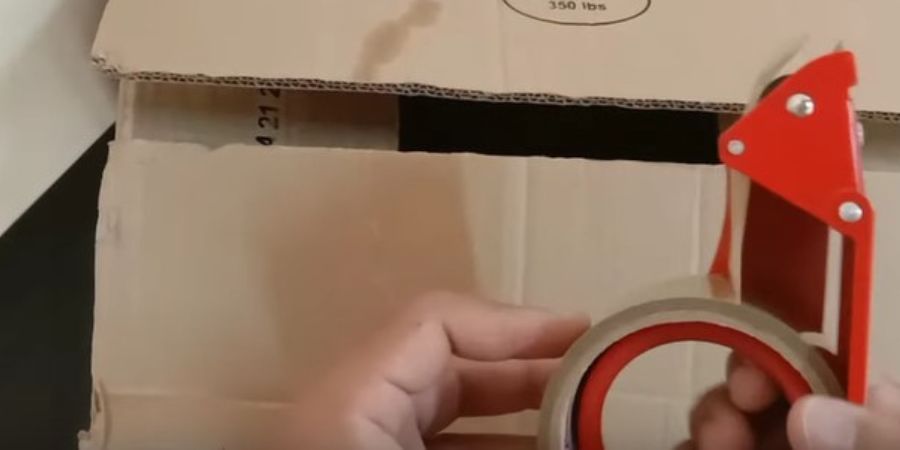
Packing tape is resistant to breakage and provides a secure seal, preventing contents from spilling or being tampered with during transit. Available in various widths, lengths, and adhesive types, packing tape is a staple in moving, e-commerce, and warehouse operations.
What is the Actual Difference Between Duct Tape vs Packing Tape?
There are several differences between duct tape and packing tape, this will give you the right direction, so let’s get started with their uses.
| Feature | Duct Tape | Packing Tape |
| Material | Fabric mesh with plastic coating | Thin plastic film (BOPP or PVC) |
| Adhesive Type | Strong, rubber-based adhesive | Pressure-sensitive adhesive |
| Strength | Very strong and durable | Moderate strength, not as heavy-duty |
| Flexibility | Highly flexible and conforms to surfaces | Less flexible, mainly for flat surfaces |
| Primary Use | Repairs, DIY, heavy-duty tasks, sealing | Sealing boxes for shipping and storage |
| Water Resistance | Water-resistant, not waterproof | Often water-resistant but not waterproof |
| Tearability | Can be torn by hand | Generally requires scissors or a dispenser |
| Surface Compatibility | Works on a wide variety of surfaces including metal, wood, fabric, and plastic | Works on a wide variety of surfaces including metal, wood, fabric, and plastic |
| Visibility | Often opaque and available in various colors | Usually clear or lightly tinted |
| Common Applications | Home repairs, sealing ducts, craft projects | Sealing packages, shipping, and storage |
| Durability | Excellent, can withstand harsh conditions | Adequate for moderate conditions during transport |
Key Differences
- Material and Strength:
- Duct Tape: Fabric mesh construction offers superior durability and flexibility, making it ideal for heavy-duty tasks.
- Packing Tape: Thin plastic film is designed for securing boxes during shipping or storage.
- Adhesive:
- Duct Tape: Rubber-based adhesive ensures a strong bond on various surfaces.
- Packing Tape: Pressure-sensitive adhesive works best on clean, smooth surfaces.
- Tearability:
- Duct Tape: Can be torn by hand, adding convenience for quick fixes.
- Packing Tape: Requires a cutter or dispenser for clean application.
- Flexibility:
- Duct Tape: Adapts well to odd shapes and uneven surfaces.
- Packing Tape: Best suited for flat, uniform surfaces like cardboard.
My Opinion
In my view, duct tape is the best choice for heavy-duty repairs, crafting, or sealing irregular surfaces. Its strength, flexibility, and ability to adhere to various materials make it incredibly reliable for challenging tasks.
Packing tape, on the other hand, is perfect for sealing packages and moving boxes, offering secure adhesion without needing heavy-duty strength. The right tape depends on the job, but both serve their unique purposes effectively.
FAQs
What Are the Environmental Considerations When Using Duct Tape or Packing Tape?
Packing tape, made with film backings like polypropylene, does not hinder box recycling because its adhesive is removed during the recycling process. Duct tape, with its fabric backing, is harder to remove and may affect recyclability. Opt for eco-friendly options where possible.
Can Duct Tape Be Used Instead of Packing Tape for Sealing Boxes?
While duct tape is strong and adhesive, it is not cost-effective or practical for sealing boxes. Packing tape is specifically designed for this purpose and provides a cleaner, more efficient seal.
Who Invented Duct Tape, and What Was Its Original Purpose?
Duct tape was invented during World War 2 by the Revolite division of Johnson & Johnson, inspired by factory worker Vesta Stoudt. Initially called “duck tape,” it was created to seal ammunition boxes.
What Does “duck Tape” Mean?
“Duck tape” originally referred to the cotton duck fabric used in its construction. The term “duct tape” later emerged from its use in sealing HVAC ducts.
How Was Duct Tape Used During Space Missions?
During the Apollo 13 mission, astronauts used duct tape to create a makeshift carbon dioxide scrubber, saving their lives. It was also used in Apollo 17 to repair the lunar rover.
Read also:

